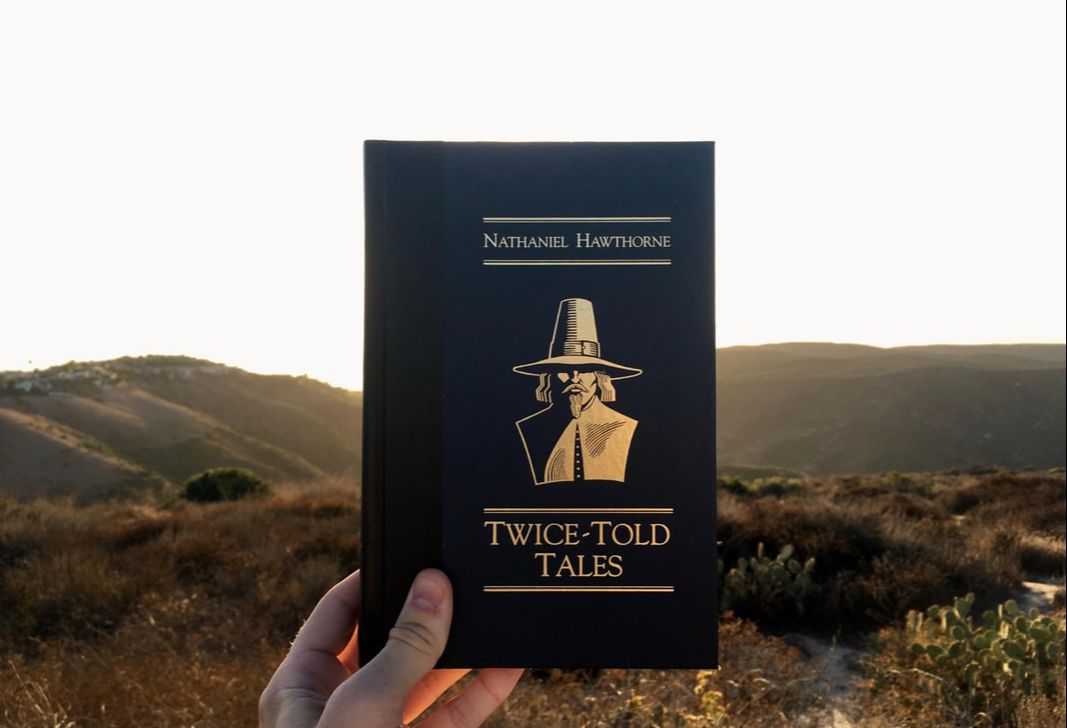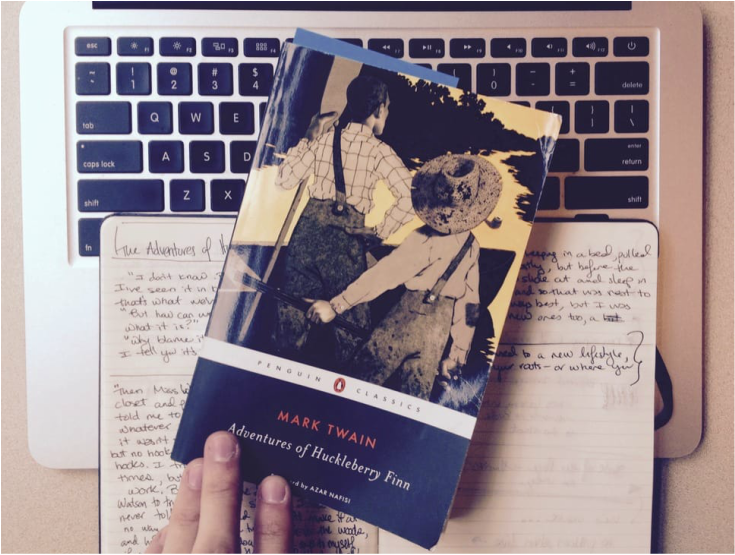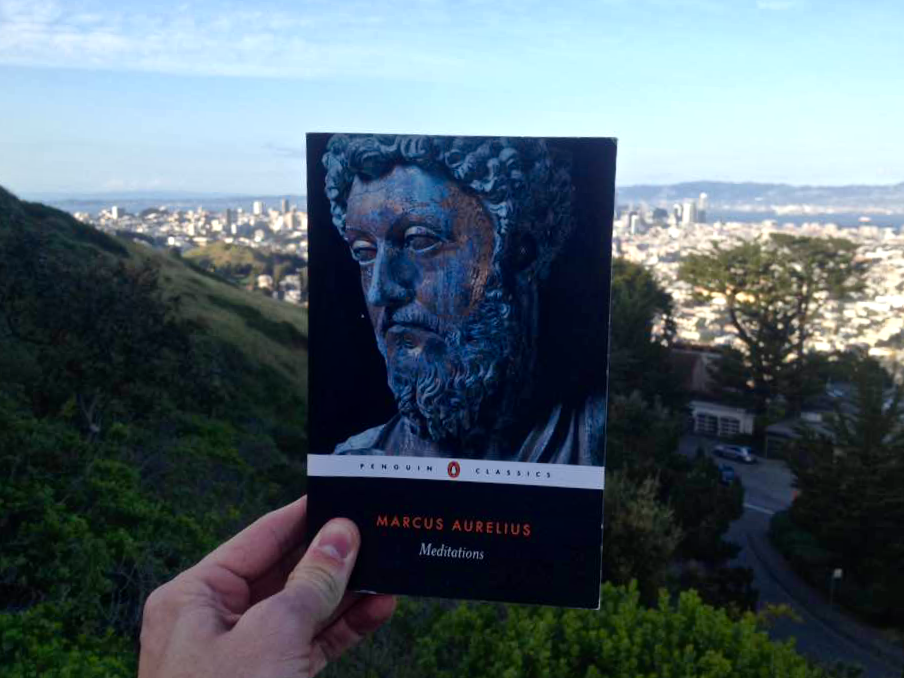"Now in the afternoon sun, the trunks of the fir trees were burning red, and the landscape far away seemed cool, all blue and pale gold. Boris was able now to believe what the old gardener at the convent had told him when he was a child: that he had once seen, about this time of the year and day, a herd of unicorns come out of the woods to graze upon the sunny slopes, the white and dappled mares, rosy in the sun, treading daintily and looking around for their young, the old stallion, darker roan, sniffing and pawing the ground. The air here smelled of fir leaves and toadstools, and was so fresh that it made him yawn." — The Monkey, Isak Dinesen
I studied the above passage in a fantastic creative writing course 7 years ago. It has haunted me ever since with its surreal flow that whips at my imagination. I particularly love the inclusion of the burning red fir trees at twilight, dappled mares rosy in the sun, the scent of toadstools, and Boris' desire to yawn. The writing transfigures radiantly, subtly, effortlessly what Boris sees before him and remembers from the old gardener's story. This passage and countless others are painted so vibrantly throughout Karen Blixen's Seven Gothic Tales.
The Monkey, The Dreamers, and The Poet were my three favorites among the seven. What Blixen seems to explore most is our relationship to the past. Often characters seem to understand those gone from their lives through others or their own romanticized accounts of them. Identities, perhaps most explicitly in The Monkey, shift beneath moon-lit masks, shatter like a mansion's stained-glass window, and morph in dark forests on stormy nights. Exotic treasures, locations, and myths—snake-charming, hashish-smoking storytellers, brazen golden amulets and coral necklaces, double-rainbow landscapes— are called upon by Blixen to spellbind and suggest, to me, that life back then—but still now—is a little bit more beautiful and strange than meets the eye. [JG]
The Monkey, The Dreamers, and The Poet were my three favorites among the seven. What Blixen seems to explore most is our relationship to the past. Often characters seem to understand those gone from their lives through others or their own romanticized accounts of them. Identities, perhaps most explicitly in The Monkey, shift beneath moon-lit masks, shatter like a mansion's stained-glass window, and morph in dark forests on stormy nights. Exotic treasures, locations, and myths—snake-charming, hashish-smoking storytellers, brazen golden amulets and coral necklaces, double-rainbow landscapes— are called upon by Blixen to spellbind and suggest, to me, that life back then—but still now—is a little bit more beautiful and strange than meets the eye. [JG]
WHO WAS ISAK DINESEN?
Isak Dinesen is the pseudonym of of Karen Blixen (1885-1962) a Danish writer whose works include Out of Africa, Seven Gothic Tales, The Angelic Avengers, Winter's Tales, and others. Before writing professionally, she and her husband moved to Kenya (then-British East Africa) and there ran a coffee plantation from 1914 to 1931. Upon returning, Blixen wrote (in English) Seven Gothic Tales and published it in the United States under a pseudonym and without an advance. It was an almost immediate bestseller. In 1937, she wrote Out of Africa, her best known work. When Hemingway won the Nobel Prize in 1954, he famously expressed Bernard Berenson, Carl Sandburg and Karen Blixen were all more deserving.
Blixen made just one trip to the United States in 1959 when she was already in poor health, but during her time was able to meet Marilyn Monroe, pictured here, and share some of her drafts of her to-be-published work Ehrengard. She is buried on her family estate Rungstedlund located just outside Copenhagen.
Blixen made just one trip to the United States in 1959 when she was already in poor health, but during her time was able to meet Marilyn Monroe, pictured here, and share some of her drafts of her to-be-published work Ehrengard. She is buried on her family estate Rungstedlund located just outside Copenhagen.
"The real difference between God and human beings, he thought, was that God cannot stand continuance. No sooner has he created a season of a year, or a time of the day, than he wishes for something quite different, and sweeps it all away...human beings cleave to the existing state of things. All their lives they are striving to hold the moment fast..." — The Monkey, Isak Dinesen
YOU MAY ALSO LIKE

























